Birch spiraea in landscape design, planting and care secrets
With spring approaching, any gardener starts looking for the very plant that will perfectly fit into the flower garden and refresh it. The solution to this problem is actually very simple, because planting birch spirea and caring for it will not cause difficulties even for a novice gardener. This ornamental culture is unpretentious to growing conditions: shade-tolerant, drought-resistant and does not require shelter in winter.
The crown of the shrub has a spherical shape, the average height is relatively small and reaches 60 cm. The species received this name due to the fact that the leaves of this plant resemble birch leaves. The first buds appear in early April, and in the fall the leaves become fiery yellow. Every year, during the first summer month, the shrub will delight you with white flowering with a slight pinkish tint.
Varietal variety
Over time, new specially bred varieties of birch spirea began to be used in gardening and design. It is worth considering their main advantages in order to easily choose the ideal strain for yourself.
- Tor (Tor).
This shrub is famous for its incredibly beautiful flowering of a light cream shade. A spherical crown in diameter can grow up to 1.5 meters. With the arrival of autumn, light green leaves acquire a rich yellow hue, and under relatively warm weather conditions, repeated flowering is possible.
- Tor Gold.
Distinctive features of this variety are its compactness and extraordinary shades that the leaves of the bush acquire with the onset of the autumn months: from orange and red to purple! Ideal for the construction of hedges, as well as for rock gardens and other design compositions.
- Iceland (Island).
This small ornamental variety is popular with gardeners for its purple-colored leaves, which it acquires in the fall. The shrub is not picky about the ground, therefore it is often used in landscape design as an element of rockeries, mixborders, perfectly decorates lawns.
How and where to plant?
As mentioned earlier, spirea belongs to hardy plants, but it is always important to know the peculiarities of planting, thanks to which the exuberant flowering of the bush will not leave anyone indifferent.
| Location | It tolerates partial shade, but in open sunny areas the flowering will be more magnificent, and the color of the leaves will become richer. |
| The soil | Spirea is unpretentious to soils, but it grows better in fertile soil, and the more acidic it is, the brighter and more saturated shade the leaves will acquire with the onset of autumn. |
| Boarding time | A gloomy day with rain in early autumn is ideal, because carefully moistened soil is needed to plant a spirea. |
| Features of agricultural technology | You need to prune the plant once a year in the first month of spring. Shoots are reduced to well-developed buds, and small ones are removed entirely. |
| Landing specificity | The width of the hole for a separate shrub should be 25-30% larger than the root system, and the required depth should be 40-50 cm. An invariable condition is that the bottom must be covered with drainage, which is used as brick chips, river sand, peat, turf or leaf soil. The distance of the bushes from each other varies in the range from 30 cm to 1.5 meters. When a significant amount of clay is contained in the soil, the bush hole must be made much larger than the root system, and the bottom must be covered with gravel. |
Spirea care
Even the most undemanding plant needs proper care, so it's time to figure out the basic rules that must be followed in order for the culture to develop well.
- The soil.
To avoid soil compaction, it is recommended to loosen it after watering and when killing weeds. Mulching the soil with a layer of peat will also contribute to successful growth.
- Watering.
Despite its drought resistance, spiraea can die without timely watering. The optimal amount is to use 15 liters of water per bush once every two weeks.
Watering must be stopped if the average daily temperature reaches below + 10 ° C.
- Top dressing.
The best option for this crop is to fertilize the soil twice a year: in the first spring days immediately after pruning and in early summer before the bush blooms.
We list several options for feeding that are perfect for this plant:
- Organic fertilizers (10 g of superphosphate will make the composition more effective).
- Nitrogen fertilizers (for the development of green mass).
- Top dressing containing potassium, phosphorus and other macronutrients (before flowering).
Even if you are only taking the first steps in gardening, you can grow birch spirea with your own hands. The main thing in this business is to be aware of all the nuances of caring for it and pay due attention to fertilizing the plant.
Diseases and pests
In very rare cases, fungal infections take over the spirea, but even if you see significant signs of the disease, this is not a reason to be upset. Fungicidal preparations will help you with any manifestation of the fungus.
A more significant problem is the pests that often attack the plant during the warm season:
- aphid - an insect that draws juices from leaves, young shoots and pedicels of spirits;
- rose leaf roll - can damage up to 80% of the leaves;
- rosaceous miner - can attack the plant at the end of the first summer month, and in the second half of July goes into the ground;
- spider mite is one of the most significant pests, due to which the affected leaves turn yellow and crumble ahead of time.
Curled or damaged leaves, the presence of cobwebs, early aging and leaf fall - all these signs may indicate the presence of pests. Fortunately, today there are a lot of special tools that will save the plant.
The best helpers will be those products that contain both a biological product and pesticides.
Use in landscape design
There are an incredible variety of compositions in which there is no difficulty in finding a place for birch spirea. Moreover, it is widely used to implement typical design solutions:
- alpine slide - a pile of rocks of rock, among which lush vegetation is planted;
- hedge - a dense fence of green bushes;
- rockery - a composition of plants and stones, but, unlike a rock garden, here the main emphasis is on stones;
- mixborder - a complex composition of flowering plants and shrubs that bloom at different times and complement each other.
The popularity of birch spirea is quite understandable, because it is capable of performing a decorative function both in summer during flowering and in autumn, changing the color of the leaves up to purple or violet. An unusual solution would be to plant a red-leaved spirea around evergreens, which will add bright colors to your garden. The height of the plant can be quite varied, which allows it to be used as hedges or borders.
Also, an indisputable advantage is that all spireas are excellent honey plants. It is impossible not to note the high phytoncidal activity of this shrub, which awakens especially strongly during flowering.Thus, spireas can inhibit the growth and multiplication of harmful microorganisms and play a significant role in regulating the composition of the microflora of air, soil and water.
Gardeners also note the perfect combination of spirea with roses, asters, lilacs, almost all types of conifers. This list can go on forever, but the most important thing is that with minimal effort, thanks to birch spirea, you will get a flawless fragrant flower bed!
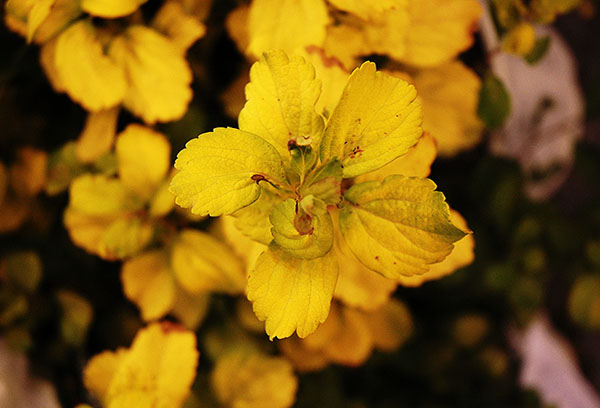
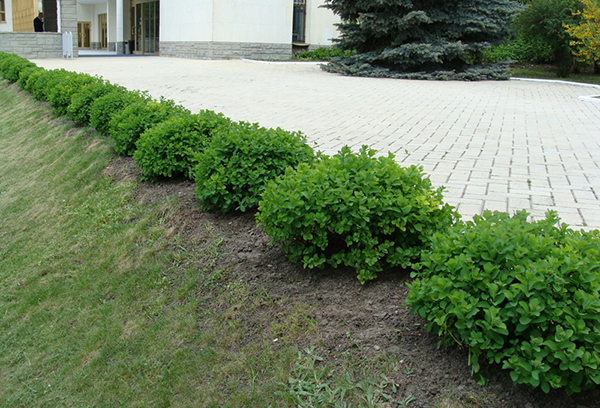

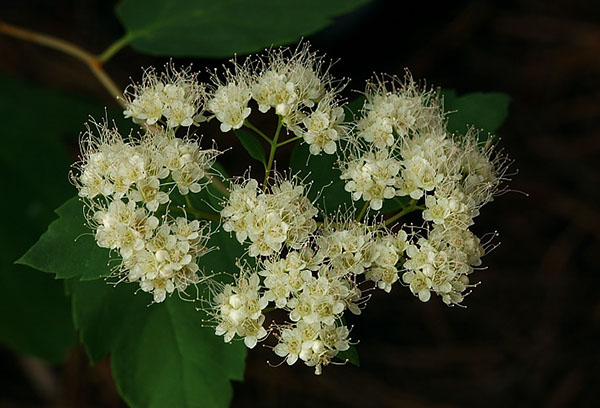
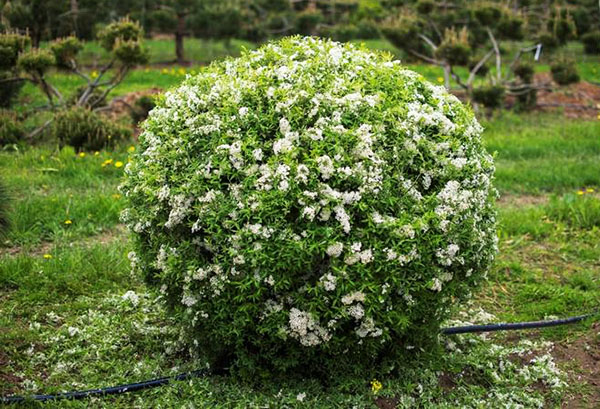
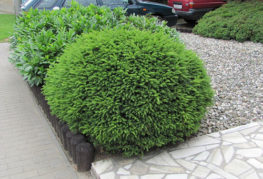

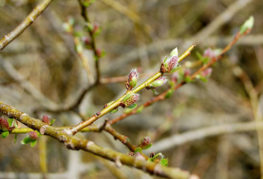
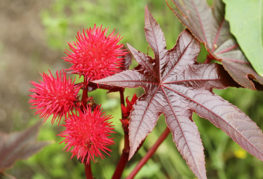
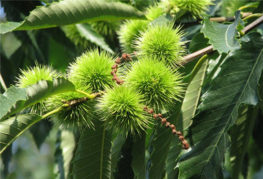
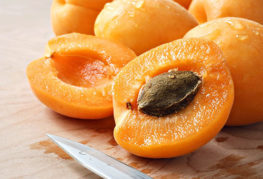
and will be published shortly.